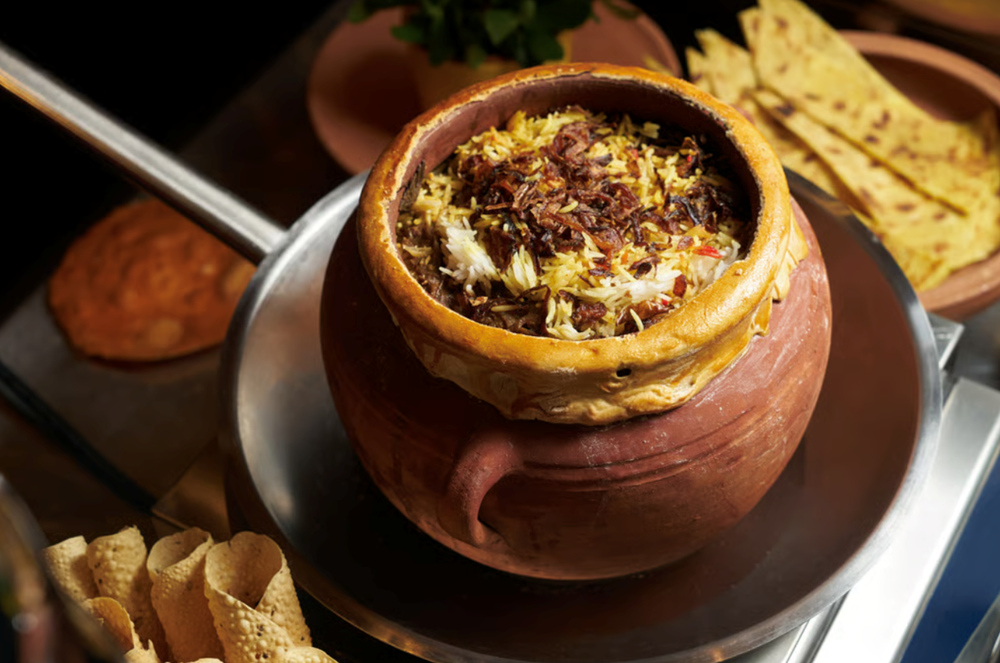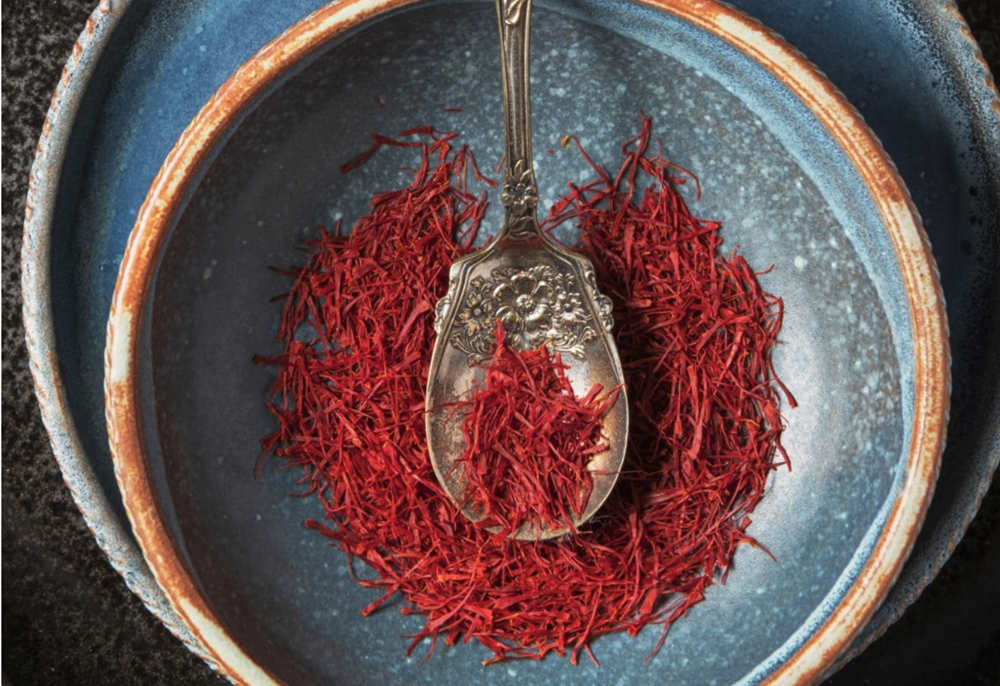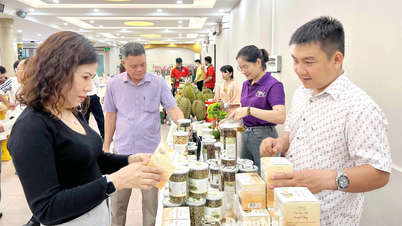
Hyderabad, the capital of the state of Telangana (India) is known as the "City of the Nizams" - a title that has been used for centuries.
The city evokes its charm and prestigious status as a center of Islamic culture and Deccan art, as well as the wealth derived from local diamond mines.
It is also one of India's most exciting culinary hubs. In 2019, UNESCO recognized the city as a Creative City of Gastronomy.
Rooted in traditional Telugu cuisine, the local cuisine here is a wonderful testament to the cultural exchange over the centuries, transformed by the introduction of Persian and Turkish flavours.
The Nizam dynasty were foodies, with many foreign chefs working in the palace. More than any restaurant or cookbook, the royal kitchens did much to preserve and develop this diverse culinary heritage.
Chalapathi Rao - Celebrity chef of Simply South restaurant in Hyderabad explains the city's cuisine is a cultural blend of different countries.
Today, Hyderabad cuisine combines rice and meat, along with extensive use of vegetables, spices and souring agents such as tamarind to create its own distinctive flavour.
Located in South-Central India, the local cuisine offers a delicate balance between the flavors of the northern plains and the coastal regions. A complex blend of Indian, Persian, Arabic, Mughlai and Turkish influences has shaped Hyderabad's contemporary cuisine.
“The influence of Northern cuisine is evident in the rich and flavorful dishes, while the rich spices from South India and Telugu cuisine give it a distinct character,” shares Sampath Srinivas Thummula, executive chef of the popular The Spicy Venue restaurant in Hyderabad, which serves regional specialties.
Ingredients like saffron, nutmeg, black cardamom, cloves and cinnamon are used extensively, but what makes Hyderabad cuisine distinct is the combination of these spices with tamarind, dry coconut, Guntur chillies and curry leaves, says Sampath Srinivas Thummula .
Special spices create diverse cuisine

Chefs in Hyderabad often turn to aromatic spices, herbs and roots, known as potli masala. Here, the spices are stuffed into a bag or cheesecloth packet, then slowly added to the curry sauce at just the right time to bring out the optimum flavor.
Typically, potli masala has a wide variety of spices, ranging from spices like dried vetiver and paan ki jadd (betel root) to kalpasi or black stone flower (a dried lichen), fennel seeds, dried rose petals, kasoori methi (fenugreek leaves), kabab chini (dried peppercorns), star anise, cinnamon and many more. This spice packet is also used in dishes like nihari and slow-cooked meat stews.
Although potli masala can be found in regular stores, the best quality is still obtained by buying the ingredients individually. According to Rao - celebrity chef of Simply South restaurant , the best ingredients can be found in hakeem stores which are traditional herbal medicine stores.
Perhaps Hyderabad's most famous dish is biryani, a local specialty typically consisting of basmati rice and meat cooked together in a pot, which is featured on the menus of Indian restaurants around the world .
Depending on the recipe, local biryani may use a wide variety of spices, from cinnamon, cloves and cardamom, to bay leaves, nutmeg, papaya powder, fennel, nutmeg flowers, star anise and saffron.
Although a wide variety of delicious spices are used in Hyderabadi cuisine, the most readily available spice is chillies.
“The number one spice used in Hyderabadi cuisine is chilli – mainly dried red chillies that are fried, powdered, ground or left whole,” explains Kurush Dalal, a Mumbai-based food historian.
That is because the people of Telangana were the first in India to use chillies in cooking and this has been recorded in history.
However, Hyderabad cuisine is not all about herbs and spices. Local chefs also make heavy use of sour ingredients common in South Indian cuisine, such as tamarind, mango, gongura leaves, as well as dried coconut, sesame seeds, peanuts and curry leaves.
A prime example is Mirchi ka salan, a traditional Hyderabadi delicacy often served with biryani rice, which brings together the diverse mix of Indian cuisines in the city.
To make this rich dish, peanuts, coconut, sesame and poppy seeds are roasted and then ground into a paste. Aromatic spices such as cumin, mustard seeds, curry leaves, red chillies, fenugreek and ginger-garlic are used along with tamarind pulp to give it a distinctive sour taste.
For a long time, Hyderabad cuisine has been described as a "symphony" of flavors that will surely leave a lasting impression on the taste buds of diners. The dishes in this city are all imbued with the vibrant cultural heritage.
Source: https://baovanhoa.vn/du-lich/lac-loi-o-thanh-pho-am-thuc-sang-tao-hyderabad-157192.html































![[Photo] National Assembly Chairman attends the seminar "Building and operating an international financial center and recommendations for Vietnam"](https://vphoto.vietnam.vn/thumb/1200x675/vietnam/resource/IMAGE/2025/7/28/76393436936e457db31ec84433289f72)





































































Comment (0)